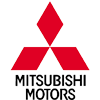 1996 Mitsubishi Legnum (EAO) Dimensions, Size & Specs
1996 Mitsubishi Legnum (EAO) Dimensions, Size & SpecsMeasurements of the 1996 Mitsubishi Legnum, engineered for optimal performance and comfort
| Dimensions | |
|---|---|
| Length: | 4740 mm186.6 in15.6 ft |
| Width: | 1760 mm69.3 in5.8 ft |
| Height: | 1470 mm57.9 in4.8 ft |
| Weight Specifications | |
| Curb Weight: | 1550 kg3417 lbs |
| Maximal permitted Weight: | 1825 kg4023 lbs |
| Tire Specifications | |
| Rims Size: |
|
| Tire Sizes: |
|
The Mitsubishi Legnum (EAO), produced between 1997 and 2002, is a mid-size station wagon designed to offer practicality combined with a sporty edge. Measuring 4740 mm (186.6 inches) in length, 1760 mm (69.3 inches) in width, and standing 1470 mm (57.9 inches) tall, this vehicle strikes a balance between roomy interior space and manageable exterior dimensions, making it suitable for families and enthusiasts alike. Weighing in with a curb weight of 1550 kg (3417 lbs) and a maximum weight capacity of 1825 kg (4023 lbs), the Legnum is built to accommodate passengers and cargo comfortably without compromising driving dynamics. The wagon rides on 16-inch rims fitted with tire sizes of 225/50 R16V, delivering a stable and controlled driving experience. Known for its versatility, the Legnum’s dimensions and weight place it in the competitive mid-size category during its production period, ensuring a spacious cabin as well as agile handling. Its station wagon body style further enhances practicality with ample cargo space, making it a favorable choice for those in need of both passenger and load carrying capabilities. Overall, the Mitsubishi Legnum (EAO) offers a well-rounded package that reflects the automotive trends of the late 1990s and early 2000s, blending functionality with a sporty feel.
Discover the standout features that make the 1996 Mitsubishi Legnum a leader in its class
Have a question? Please check our knowledgebase first.
The Mitsubishi Legnum (EA0) generation, produced from 1997 to 2002, is a station wagon with a length of 4740 mm (186.6 inches), a width of 1760 mm (69.3 inches), and a height of 1470 mm (57.9 inches). These dimensions provide a balanced combination of aerodynamic design and interior spaciousness, typical for mid-sized wagons of its era.
The curb weight of the Mitsubishi Legnum (EA0) is approximately 1550 kg (3417 lbs), which refers to the weight of the vehicle without passengers or cargo but including necessary operating consumables like fuel. The maximum allowable weight, also known as gross vehicle weight, is 1825 kg (4024 lbs). This maximum weight includes passengers, cargo, and the vehicle itself.
The Mitsubishi Legnum (EA0) is equipped with 16-inch rims, paired with tires sized 225/50 R16 V. This means the tires have a width of 225 mm, an aspect ratio of 50% (sidewall height is 50% of tire width), with radial construction (R), and 16-inch diameter rims. The speed rating 'V' indicates the tires are rated for speeds up to 240 km/h (149 mph).
Yes, the Mitsubishi Legnum (EA0) fits comfortably into a standard residential garage. Standard garage dimensions usually range around 2400 to 3000 mm in width and 4800 to 6000 mm in length, which easily accommodates the Legnum’s length of 4740 mm (186.6 inches) and width of 1760 mm (69.3 inches). The height of 1470 mm (57.9 inches) also ensures no issues with overhead clearance in most typical garages.
The Mitsubishi Legnum (EA0) was introduced as a wagon variant of the Galant platform and did not have a direct predecessor as a wagon model from Mitsubishi. However, compared to similarly sized sedans preceding it, the Legnum offered increased length and cargo space due to its station wagon design. Its dimensions and weight were optimized to provide a balance between performance and family utility, marking an evolution in Mitsubishi's mid-sized vehicle range.
When compared to other mid-size station wagons of the late 1990s and early 2000s, such as the Subaru Legacy Wagon and Toyota Caldina, the Mitsubishi Legnum (EA0) is similar in length and width but often seen as slightly heavier due to its solid build. At 4740 mm long and 1760 mm wide, it offers competitive interior and cargo space. Features like all-wheel drive availability in certain trims gave it a niche in performance and versatility, effectively setting it apart in markets where AWD wagons were preferred.
The Mitsubishi Legnum (EA0) offers comfortable interior space, suitable for five passengers due to its station wagon body style. Its length and width translate into a roomy cabin with ample legroom and headroom for front and rear occupants. Additionally, the wagon format provides increased cargo capacity in the rear area compared to a sedan, making it practical for family use and long trips while maintaining comfortable passenger accommodation.
Weighing approximately 1550 kg (3417 lbs) at curb weight, the Mitsubishi Legnum (EA0) is moderately heavy, contributing to a stable and comfortable ride. However, this weight level impacts fuel efficiency, generally resulting in moderate consumption figures typical for mid-1990s mid-size wagons. The body weight combined with efficient engine options available during the production period balanced highway cruising comfort with acceptable fuel economy for its class.
While specific ground clearance figures for the Mitsubishi Legnum (EA0) vary by trim and market, typical values are around 150 mm (5.9 inches), which is standard for mid-sized family wagons. This clearance allows for safe driving on typical urban and suburban roads as well as light uneven terrain. However, it is not designed for off-road use, so care should be taken on rough or unpaved roads to avoid undercarriage damage.
The Mitsubishi Legnum (EA0), being a station wagon, offers generous cargo capacity, with rear seats that can fold down to increase load space significantly. Exact cargo volume depends on configuration but generally allows for substantial luggage or bulky items, making it practical for family trips and daily use. Factory and aftermarket roof rack options were available, providing versatility for carrying additional cargo such as bicycles, skis, or rooftop storage boxes.
Discover similar sized cars.
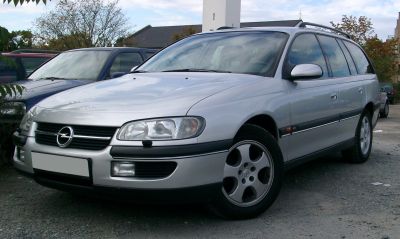
| Production: | 1994-1999 |
|---|---|
| Model Year: | 1994 |
| Length: | 4820 mm189.8 in |
| Width: | 1785 mm70.3 in |
| Height: | 1500 mm59.1 in |
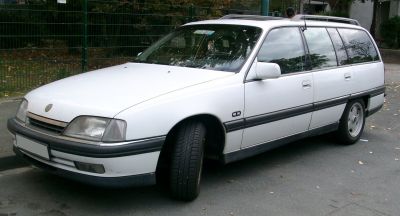
| Production: | 1986-1993 |
|---|---|
| Model Year: | 1987 |
| Length: | 4770 mm187.8 in |
| Width: | 1760 mm69.3 in |
| Height: | 1445-1480 mm56.9-58.3 in |
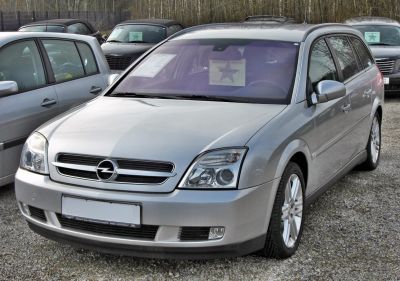
| Production: | 2002-2005 |
|---|---|
| Model Year: | 2003 |
| Length: | 4822 mm189.8 in |
| Width: | 1798 mm70.8 in |
| Height: | 1500 mm59.1 in |
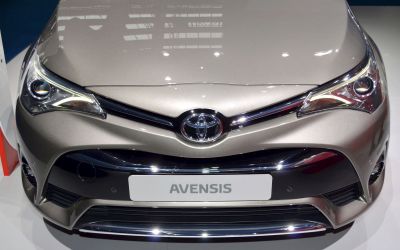
| Production: | 2015-2018 |
|---|---|
| Model Year: | 2015 |
| Length: | 4820 mm189.8 in |
| Width: | 1810 mm71.3 in |
| Height: | 1480 mm58.3 in |
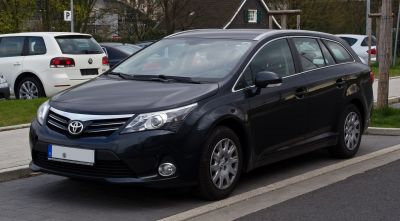
| Production: | 2012-2015 |
|---|---|
| Model Year: | 2012 |
| Length: | 4780 mm188.2 in |
| Width: | 1810 mm71.3 in |
| Height: | 1480 mm58.3 in |
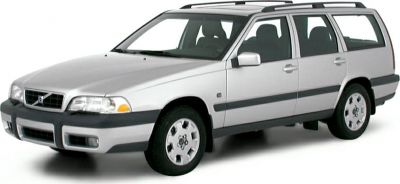
| Production: | 1996-2000 |
|---|---|
| Model Year: | 1997 |
| Length: | 4730 mm186.2 in |
| Width: | 1760 mm69.3 in |
| Height: | 1430 mm56.3 in |
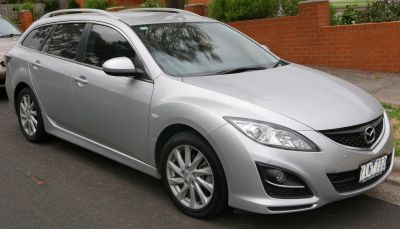
| Production: | 2010-2012 |
|---|---|
| Model Year: | 2011 |
| Length: | 4785 mm188.4 in |
| Width: | 1795 mm70.7 in |
| Height: | 1490 mm58.7 in |

| Production: | 2001-2005 |
|---|---|
| Model Year: | 2001 |
| Length: | 4808-4828 mm189.3-190.1 in |
| Width: | 1792 mm70.6 in |
| Height: | 1492-1501 mm58.7-59.1 in |
